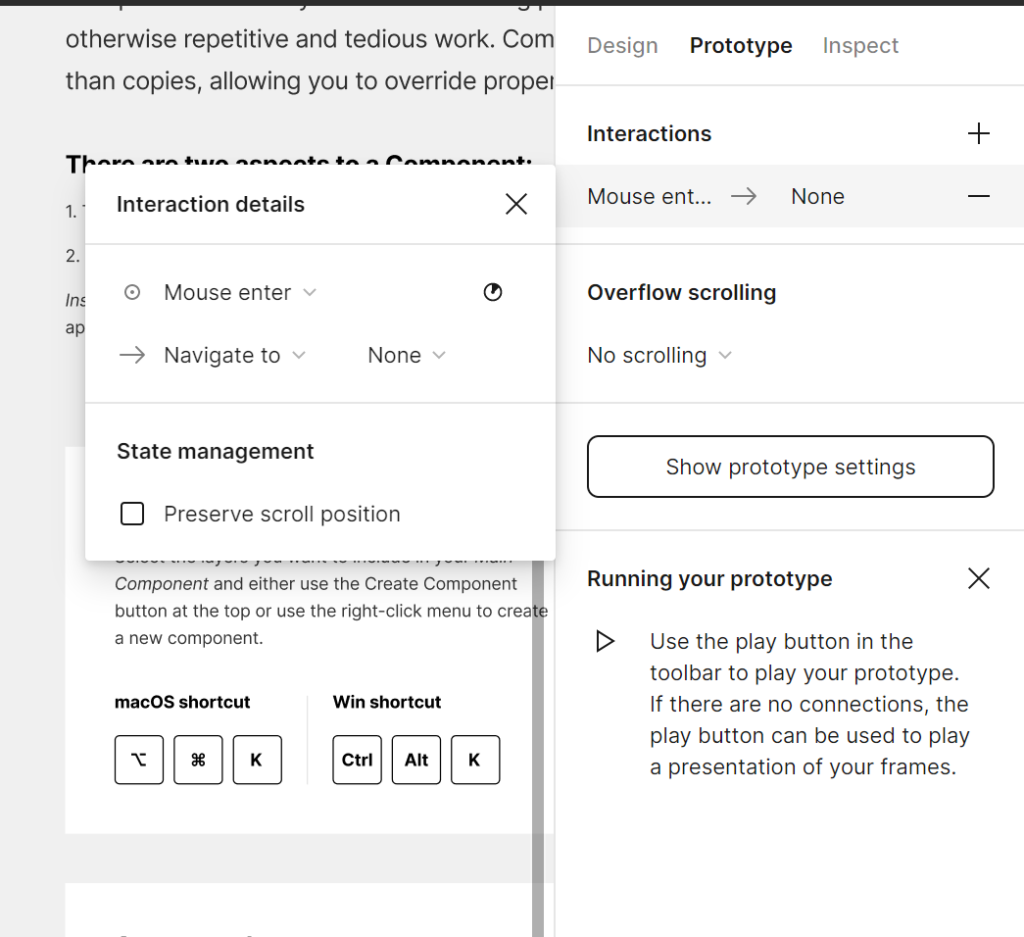Artificial intelligence (AI) has become an essential part of our lives, impacting industries ranging from healthcare to finance [Li, Y]. One area where AI has shown particular promise is in combating the rise of deepfake videos, which have become increasingly prevalent in recent years. These videos use AI technology to manipulate footage and create fake images and sounds, often for malicious purposes. As a result, there is a growing need for AI-based tools to detect and prevent the spread of deepfake videos [Zhou].

A counter AI website that detects deepfake videos is one such tool. By analyzing videos and images, the website can determine whether they are real or manipulated. This is achieved through machine learning algorithms that can identify patterns and anomalies in the footage. Such a website can be a valuable resource for journalists, law enforcement agencies, and social media platforms to prevent the spread of false information.

Moreover, deepfake videos have significant implications for privacy and security. As the technology used to create them becomes more sophisticated, they become increasingly difficult to detect, and the potential harm they can cause grows exponentially. For example, deepfake videos can be used to blackmail individuals or to create fake news stories, which can have serious consequences for public trust and democratic institutions [Li, Y]. Therefore, it is essential to develop effective AI-based tools that can detect and prevent deepfake videos.
However, there are challenges to developing such tools. The technology used to create deepfake videos is constantly evolving, meaning that AI algorithms need to be updated regularly to keep up with new developments. Additionally, the use of deepfake videos raises ethical questions around privacy and consent, which must be addressed to ensure that AI is being used responsibly [Zhou].

A counter AI website that can detect deepfake videos can be an essential resource for journalists, law enforcement agencies, and social media platforms to prevent the spread of false information. As technology continues to evolve, it is crucial to develop effective AI-based tools that can keep pace with new developments and ensure that AI is being used ethically and responsibly.
Refence:
- Zhou, W., & Han, J. (2020). Deep Learning for Deepfakes Creation and Detection. IEEE Signal Processing Magazine, 37(1), 92-106.
- Li, Y., Chang, M. C., Lyu, S., & Xie, S. (2019). In 5 seconds, a fake video can put you in a compromising position. Communications of the ACM, 62(11), 96-104.











